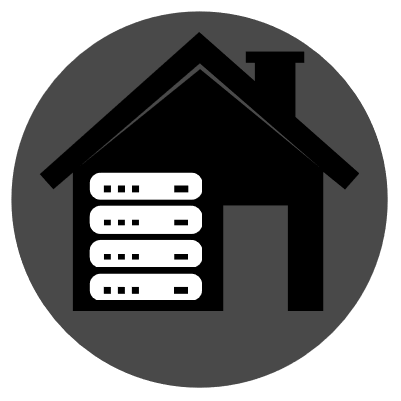

I had a few ideas, I’m suspicious that handbrake is falling back to CPU, maybe check the logs of the container to make sure it isn’t falling back to CPU decoding. Otherwise here are a few things I would check next:
- If you are not using docker locally so you are already doing this, you will need to configure the docker container to pass through the GPU for quicksync to work inside the container.
- If you are already doing that then I would make sure the device is the same name on the synology, it probably is but just to be sure.
- you will likely need to add your user to the video and/or render group on the synology if you haven’t, especially if you are running the container as your user instead of root
- make sure you are reading and writing to volumes that use bind mounts and not docker volumes, overlayfs is not what I would call fast and writing especially.







To add some more info to what the others are saying, if your public IP address is in the range
100.64.0.0/10(so between 100.64.0.0 and 100.127.255.255) then it is a CGNAT IP and you will not be able to make port forwarding/NAT work to/from the public internet because your public IP is not actually a publicly routable IP on the internet no matter what your ISP calls it. Hope that helps!